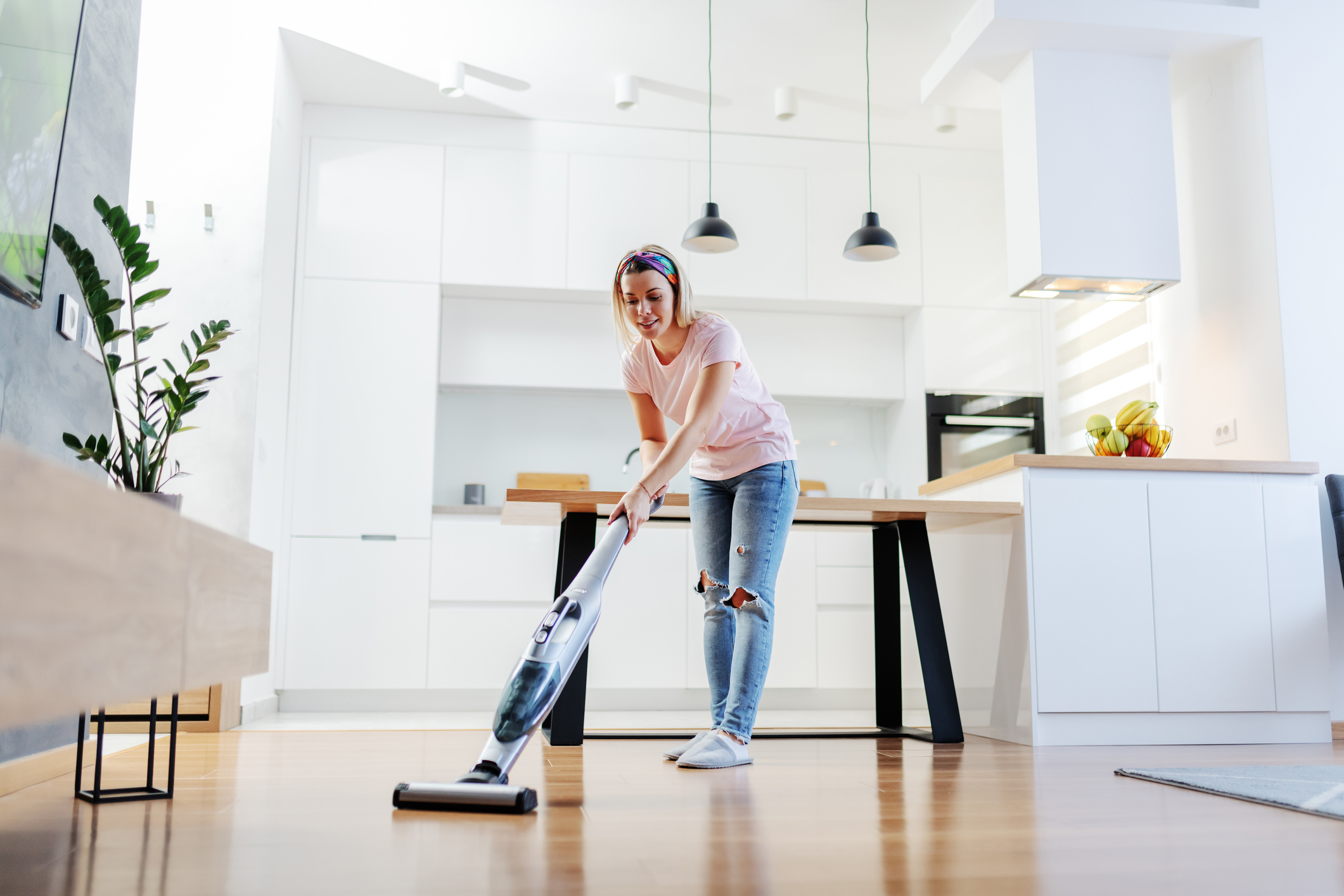
Steam mops are one of the hottest items for house-proud folks who want to ensure their floors are always pristine.
But despite their popularity, and the crazy fan base generated by TikTok, certain surfaces should never be cleaned with a steam mop. The heat they generate can damage some floor surfaces.
On the plus side, steam mops will sanitize a floor without requiring harsh chemicals. This makes it an essential piece of cleaning equipment for households with small children and pets.
The mop’s heat can also help remove caked-on dirt that no traditional mop could clean away.
However, there are some flooring choices that should never see a steam mop.
Hardwood
Ignore what a steam mop manufacturer might say, hardwood floors will dull if subjected to a steam mop over a period of time. The floor sealer will not protect them. The heat can also warp wooden boards in rare instances.
Engineered wood
Similar to hardwood, engineered wood can also be sensitive to excess moisture and heat. Check with the manufacturer before using a steam mop.
Delicate finishes
Some hardwood floors have soft finishes that may not withstand the heat and moisture from a steam mop. Always test a small, inconspicuous area before using a steam mop on any hardwood surface.
Laminate planks
The beauty of this type of flooring is the fact that you don’t need to grout or seal. Unfortunately, the steam of a mop gets into the joints, which can cause warping or even a bubbling of the surface.
Non-sealed tile and grout areas
If your tile and grout are not adequately sealed, steam will seep into the porous surfaces and cause damage over time.
Waxed or unfinished floors
Steam strips wax and damages unfinished surfaces, so avoid using a steam mop on these surfaces.
